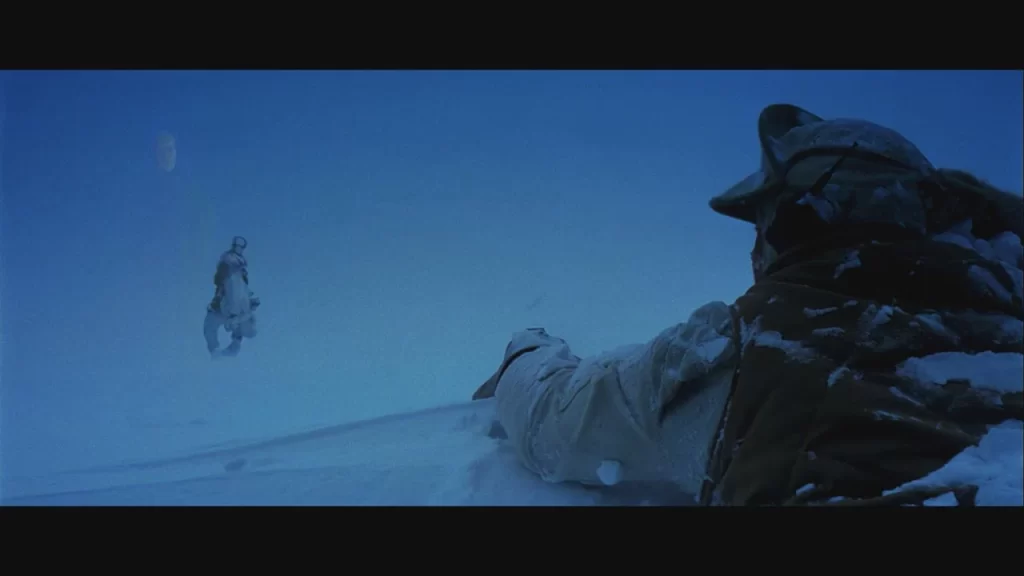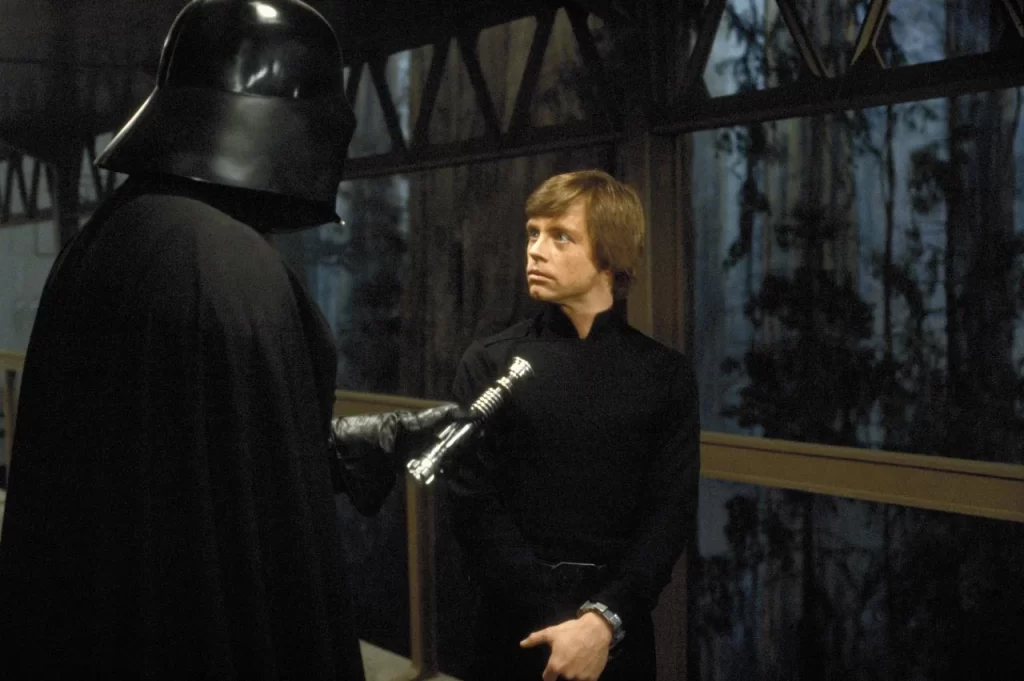The Star Wars saga is filled with memorable characters, but few are as compelling as Luke Skywalker. The spiritual journey of Luke Skywalker is a profound tale of faith, failure, and ultimate redemption. More than just a hero’s tale, Luke’s story delves deep into his relationship with the Force and his struggles to find purpose.
Whether you’re a lifelong Star Wars fan or just curious about Luke’s transformation, this guide provides a fresh perspective on his journey and its deeper meanings.
What Makes The Spiritual Journey of Luke Skywalker Unique?
Luke’s story is often seen as a classic hero’s journey, but it is much more than that. While he does embody heroism, his arc is also spiritual. It is his relationship with the Force, not his prowess as a Jedi, that defines him. This spiritual focus sets Luke apart and makes his journey deeply relatable.
Breaking Down Luke’s Journey
Let’s explore Luke’s journey across the original trilogy and The Last Jedi, focusing on key moments that highlight his faith, struggles, and ultimate redemption.
1. A New Hope: Discovering Belief
At the start of A New Hope, Luke is a farm boy with dreams of leaving his mundane life behind. With no spiritual foundation, he plans to join the Imperial Academy, showing his lack of awareness or connection to larger ideals like the Force.

- Key Moment: Meeting Obi-Wan Kenobi introduces Luke to the Force. Obi-Wan acts as a spiritual mentor, teaching Luke the principles of faith and belief.
- Faith in Action: The climactic destruction of the Death Star is Luke’s first test of faith. Guided by Obi-Wan’s voice, he trusts the Force and achieves what was thought impossible.
2. The Empire Strikes Back: Crisis of Faith
In The Empire Strikes Back, Luke’s spiritual journey becomes more challenging. Dagobah serves as his symbolic “desert,” where he faces trials that test his belief in the Force.

- Key Struggles: Luke doubts Yoda’s wisdom and fails critical tests, such as lifting his X-wing from the swamp. His doubt is encapsulated in this famous exchange:
Luke: “I don’t believe it.”
Yoda: “That is why you fail.”

- Decision to Leave: Despite Yoda’s warnings, Luke abandons his training to save his friends. This impulsive decision, driven by attachment rather than faith, leads to suffering for himself and others.
3. Return of the Jedi: Redemption Through Faith
By Return of the Jedi, Luke appears transformed—a confident Jedi. However, questions remain about the timeline of his transformation, as there’s no clear evidence he returned to Dagobah before the events of the film.

- Faith Reaffirmed: Luke’s faith is tested again when he faces Vader and the Emperor. Initially, he falters, giving in to anger. But he ultimately rejects the dark side, choosing to trust in the goodness he senses within Vader.
- Key Act of Faith: Luke surrenders to the Force, refusing to fight Vader further. His belief in the light side and his willingness to sacrifice himself inspire Vader’s redemption and destroy the Emperor.
4. The Last Jedi: A Crisis and Renewal of Faith
Luke’s portrayal in The Last Jedi sparked debate among fans, but it offers a profound continuation of his spiritual arc.
- Crisis of Faith: Haunted by his failure with Kylo Ren and probably other past ghosts such as Uncle Owen and Aunt Beru, Luke retreats to Ahch-To, abandoning the Force entirely. His momentary impulse to kill Kylo represents his lowest point—a loss of faith.
- Redemption Through Sacrifice: Yoda’s guidance reminds Luke that failure is a powerful teacher. Luke reclaims his faith in the Force, projecting himself across the galaxy to confront Kylo. This act of self-sacrifice saves the Resistance and reaffirms his role as a spiritual leader. “The greatest teacher, failure is.” — Yoda, The Last Jedi

I’m not the biggest Last Jedi fan, but I’m not a hater either. Abrams made Luke disappear, and now we know he didn’t even know why (except to make us focus on the new characters?)
Johnson answered it in as good a way as he could, but it was too shocking for most of us. Luke was someone we, the audience, could count on, and Abrams and Johnson took that away.
Luke had plenty of reasons to want to escape and lose his faith, but in The Force Awakens and The Last Jedi, it wasn’t executed believably.
Still, Mark Hamill gives an amazing performance with the material he had, like he had done in all of the Star Wars films, and by the end, we know he was the best of the Jedi.
Key Themes in The Journey
Faith and Doubt
His fluctuating faith in the Force defines the spiritual journey of Luke Skywalker. His moments of doubt make him a relatable and compelling character.
Redemption Through Sacrifice
Luke’s ultimate act of faith is his willingness to sacrifice himself for the greater good, both in Return of the Jedi and The Last Jedi.
Humanity Over Perfection
Luke’s struggles and failures remind us that even the greatest heroes are human. His spiritual journey mirrors our own struggles with belief, purpose, and redemption.
How The Spiritual Journey of Luke Skywalker Inspires Us
We all know about Luke’s hero journey. Many of us have read about Joseph Campbell and his analysis of Luke and how Lucas used the hero’s journey as a blueprint.
Luke’s spiritual journey, though, also inspires us. It teaches us that faith is not about perfection—it’s about persistence. His ability to overcome doubt and embrace the Force serves as a timeless reminder of the power of belief.
Join the Conversation!
What’s your take on the spiritual journey of Luke Skywalker? Do you see him as a traditional hero or a spiritual seeker navigating faith and redemption? Share your thoughts in the comments below!
Want more deep dives into Star Wars and other iconic stories? Check out our other Star Wars posts:
- Darth Vader’s Evil Origins
- Teachers in Star Wars
- and all of our Star Wars content!
About The Author
Discover more from NolaNerdCouple.com
Subscribe to get the latest posts sent to your email.
